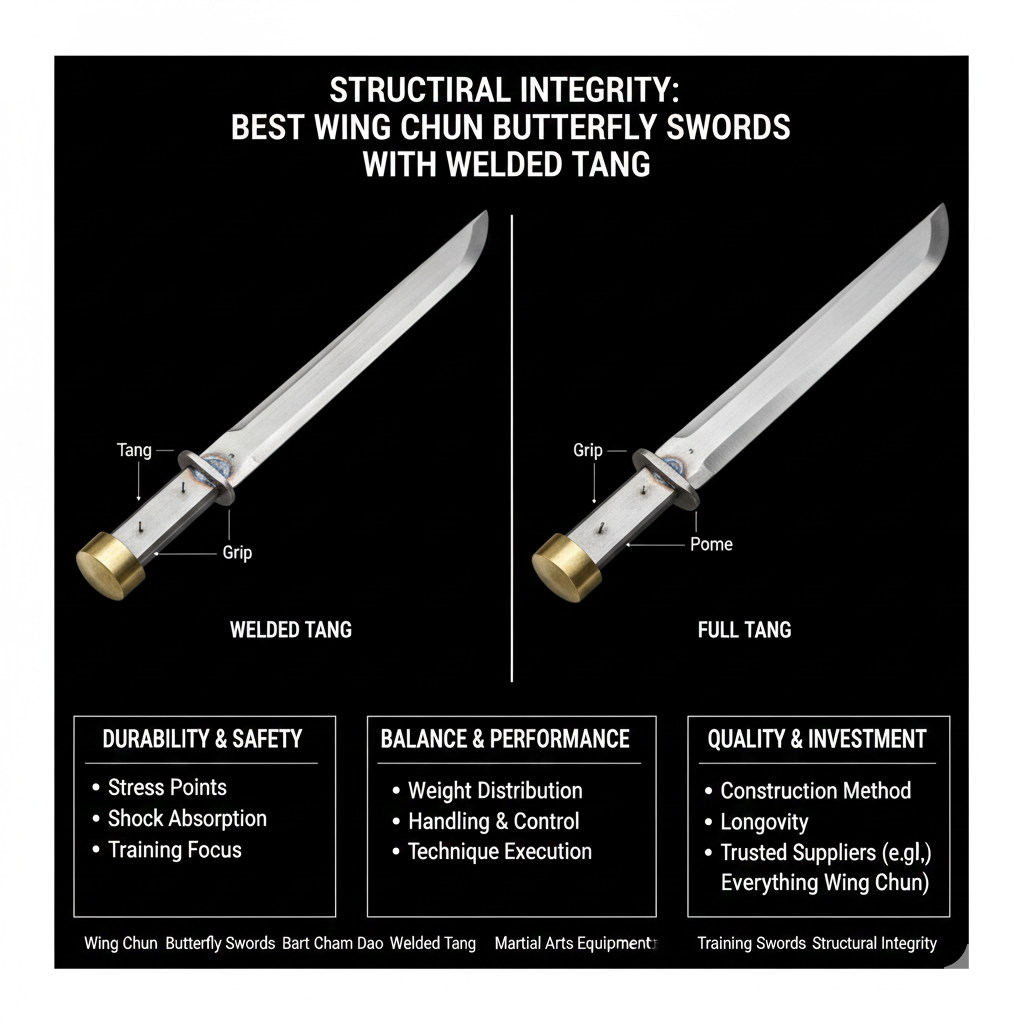Martial arts have captivated people around the world for centuries.
From the graceful movements of Tai Chi to the explosive strikes of Muay Thai.
each discipline offers its own unique techniques and styles.
While many martial arts movements are well-known and widely practiced.
There are also some rare movements that are lesser-known but equally intriguing.
In this article, we will explore some of these rare movements.
And will shed light on their history, significance, and the martial arts disciplines they belong to.
1. Dim Mak – The Touch of Death
Firstly, One of the most infamous rare movements in martial arts is Dim Mak, also known as the “Touch of Death.”
This ancient Chinese technique is said to target specific pressure points on the body, causing severe injury or even death.
Dim Mak is deeply rooted in traditional Chinese medicine and the concept of Qi (vital energy) flow within the body.
The practice of Dim Mak requires precise knowledge of the body’s pressure points and the ability to strike them with pinpoint accuracy.
So, It is believed that a skilled practitioner can disrupt the flow of Qi, leading to devastating effects on the opponent’s health.
However, due to its lethal nature, Dim Mak is rarely taught openly and is surrounded by a veil of secrecy.
2. Hapkido’s Water Technique – Yu Sool
Hapkido, a Korean martial art known for its fluid and circular movements.
It incorporates a rare technique called Yu Sool, which translates to “Water Technique.”
This technique focuses on redirecting an opponent’s energy and using it against them.

It emphasizes the principles of softness, flexibility, and adaptability.
The Water Technique involves using minimal force to neutralize an opponent’s attack by redirecting their momentum and balance.
Practitioners of Hapkido train extensively to develop a deep understanding of body mechanics and leverage their opponent’s energy to gain control.
By flowing like water, they can effortlessly evade and counter their opponent’s strikes.
3. Silat’s Jurus – Hidden Patterns of Combat
Silat, a martial art originating from Southeast Asia, is known for its intricate and deceptive movements.
Within Silat, there are various forms called Jurus, which are a series of prearranged movements that simulate combat scenarios.
Jurus are often practiced in pairs and involve a combination of strikes, kicks, grappling, and throws.
What makes Jurus unique is their hidden patterns and subtle techniques.
Basically, They are designed to deceive opponents by disguising the true intentions of the practitioner.
By incorporating feints, footwork, and unexpected transitions, Silat practitioners can catch their opponents off guard and gain the upper hand in combat.
4. Capoeira’s Flying Kicks – Acrobatic Martial Arts
Capoeira, a Brazilian martial art with African roots, is renowned for its acrobatic movements and fluidity.
It combines elements of dance, music, and martial arts, creating a unique and captivating style.
So, One of the rarest and most visually striking aspects of Capoeira is its flying kicks.
Capoeira practitioners, known as capoeiristas, use a combination of flips, spins, and kicks to attack and defend.
The flying kicks in Capoeira are not only impressive displays of athleticism but also serve as effective offensive and defensive maneuvers.
By launching themselves into the air, capoeiristas can generate power and momentum, making their kicks unpredictable and difficult to counter.
5. Kalaripayattu’s Urumi – The Flexible Sword
Secondly, Kalaripayattu, an ancient Indian martial art, is renowned for its diverse range of weapons and techniques.
Also, One of the rarest weapons used in Kalaripayattu is the Urumi, a flexible sword made of multiple interconnected blades.
The Urumi requires exceptional skill and control to wield effectively.
So, Its flexibility allows for a wide range of unpredictable attacks and defensive maneuvers.
Basically, Skilled practitioners can whip, spin, and coil the Urumi around their bodies, creating a deadly and mesmerizing display of martial prowess.
Due to its complexity and potential for self-injury, the Urumi is rarely taught to beginners and is reserved for advanced practitioners.
Uncovering the Hidden Gems
While these rare movements may not be as widely known as the staple techniques of popular martial arts.
They are undoubtedly fascinating and offer a glimpse into the depth and diversity of the martial arts world.
Additionally, Exploring these rare movements not only expands our knowledge but also reminds us of the rich heritage and cultural significance behind each martial art form.
Whether it’s the mysterious Dim Mak, the flowing Water Technique of Hapkido, the deceptive Jurus of Silat, the acrobatic kicks of Capoeira, or the flexible Urumi of Kalaripayattu, each rare movement has its own story to tell.
So, They serve as a reminder that martial arts are not just about physical prowess but also about the mastery of technique, discipline, and the preservation of centuries-old traditions.
Lastly, Next time you find yourself immersed in the world of martial arts, take a moment to appreciate the hidden gems and rare movements that make each discipline truly extraordinary.




